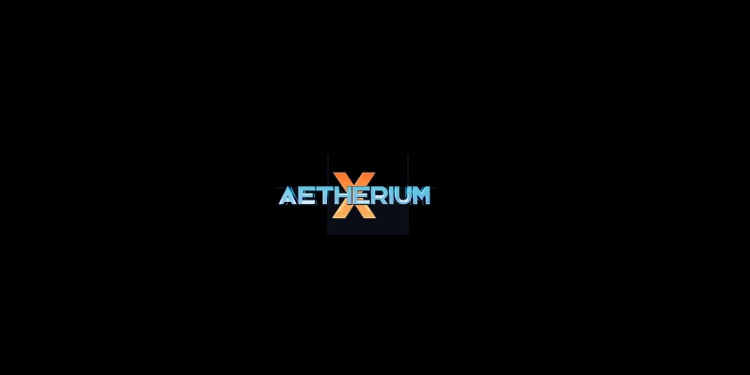Farcaster, a rising star in the decentralized social media space and supported by major entities like a16z and Coinbase, has officially launched its purpose-built blockchain, Snapchain. This development marks a significant milestone in Farcaster’s roadmap as it seeks to scale decentralized social applications and enhance user experience through increased performance and improved consistency.
Snapchain has been designed to handle decentralized social media activity across platforms built within the Farcaster ecosystem. Unlike traditional blockchain networks that process financial transactions, Snapchain has been optimized for actions typical to social media platforms—such as posts, likes, and follows—processing up to 10,000 of these actions per second. The system is expected to support up to 2 million daily active users across Farcaster applications, including its flagship social client, Warpcast.
Built for Web3 Social Media
Often referred to as the “Ethereum for social,” Farcaster provides the foundational identity and infrastructure for developers to build decentralized, censorship-resistant, and user-owned social platforms. Until recently, the platform relied on its previous system, Deltagraph, to manage user data. However, this system lacked real-time synchronization across distributed nodes, which made it inefficient in maintaining consensus on user state across the network.
To address these limitations, Snapchain introduces a more robust, block-based data structure that ensures high consistency and fast finality. By grouping user interactions into distinct blocks, the system replaces the older Conflict-Free Replicated Data Type (CRDT) architecture with an ordered transaction processing model. This shift enables seamless synchronization between nodes and more reliable updates to user activity.
Technical Design Focused on Social Use
Snapchain differentiates itself from general-purpose blockchains by limiting transaction complexity. Transactions are non-Turing complete and are scoped to individual user accounts, affecting only specific actions like adding or deleting posts or updating a profile. This design simplifies the sharding process and reduces the need for communication across different shards, a common scalability hurdle in blockchain systems.
To manage long-term storage efficiently, outdated or reversed transactions are regularly pruned. This helps the system remain lightweight while supporting millions of user actions. Farcaster’s clients—especially Warpcast—can already leverage Snapchain to reduce latency, improve feed rendering speeds, and implement innovative on-chain social features.
According to its founder, Varun Srinivasan, the blockchain has already seen adoption from over 100,000 users and multiple applications within its ecosystem. These figures reflect the platform’s momentum and indicate growing interest in decentralized alternatives to mainstream social media.
Rapid Growth and Expanding Influence
Farcaster has demonstrated significant growth throughout 2025. Data from Dune Analytics shows that monthly active users reached a six-month high of 229,000 by early March. Since the beginning of the year, an average of 5,000 to 7,500 new users have joined daily, with a notable peak of nearly 15,000 new users in a single day in February. As of January, the protocol had registered nearly 800,000 unique addresses and generated over $2.5 million in revenue.
The broader decentralized communication space is also seeing momentum, with platforms like Towns preparing to launch native tokens such as $TOWNS. These trends suggest a strong appetite for decentralized, user-owned digital environments.
Farcaster’s introduction of Snapchain may serve as a turning point in the evolution of Web3 social media. If the network continues to deliver on its promise of high throughput, minimal friction, and full user control over data, it could set a new benchmark for decentralized social platforms. This development is considered a significant step toward building a more open and user-centric internet powered by blockchain technology.









